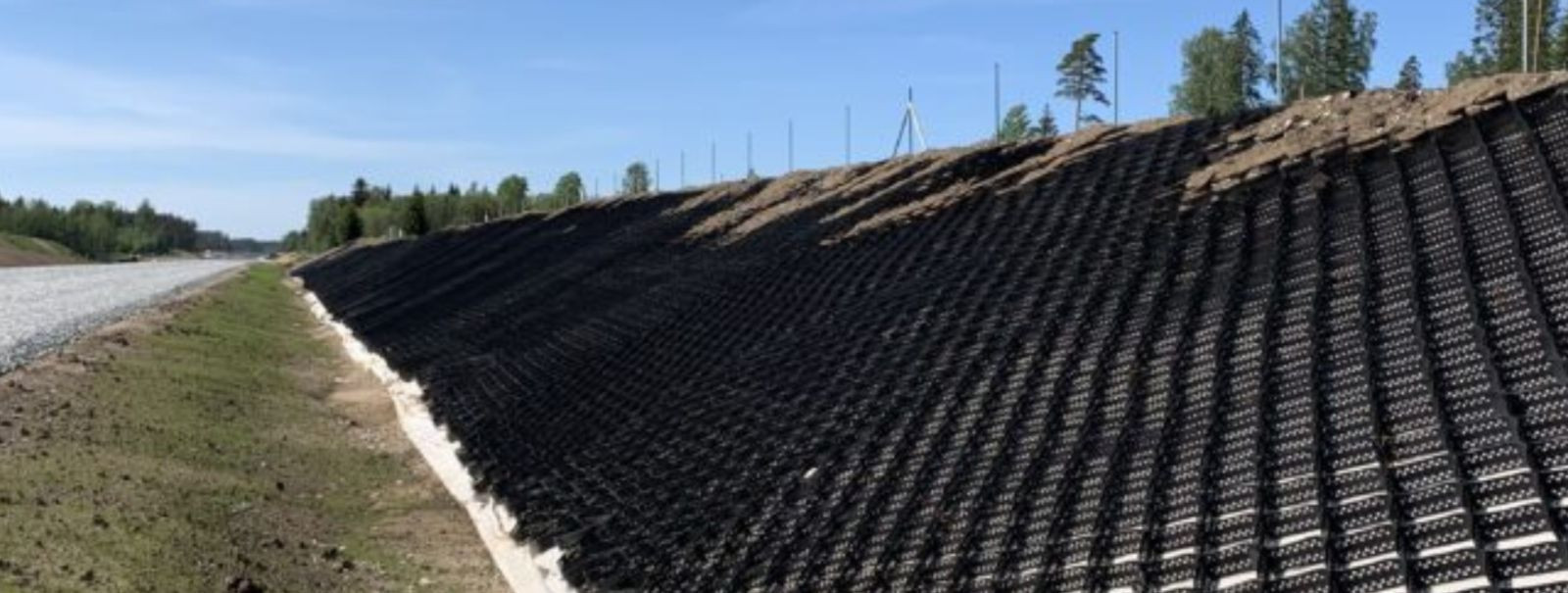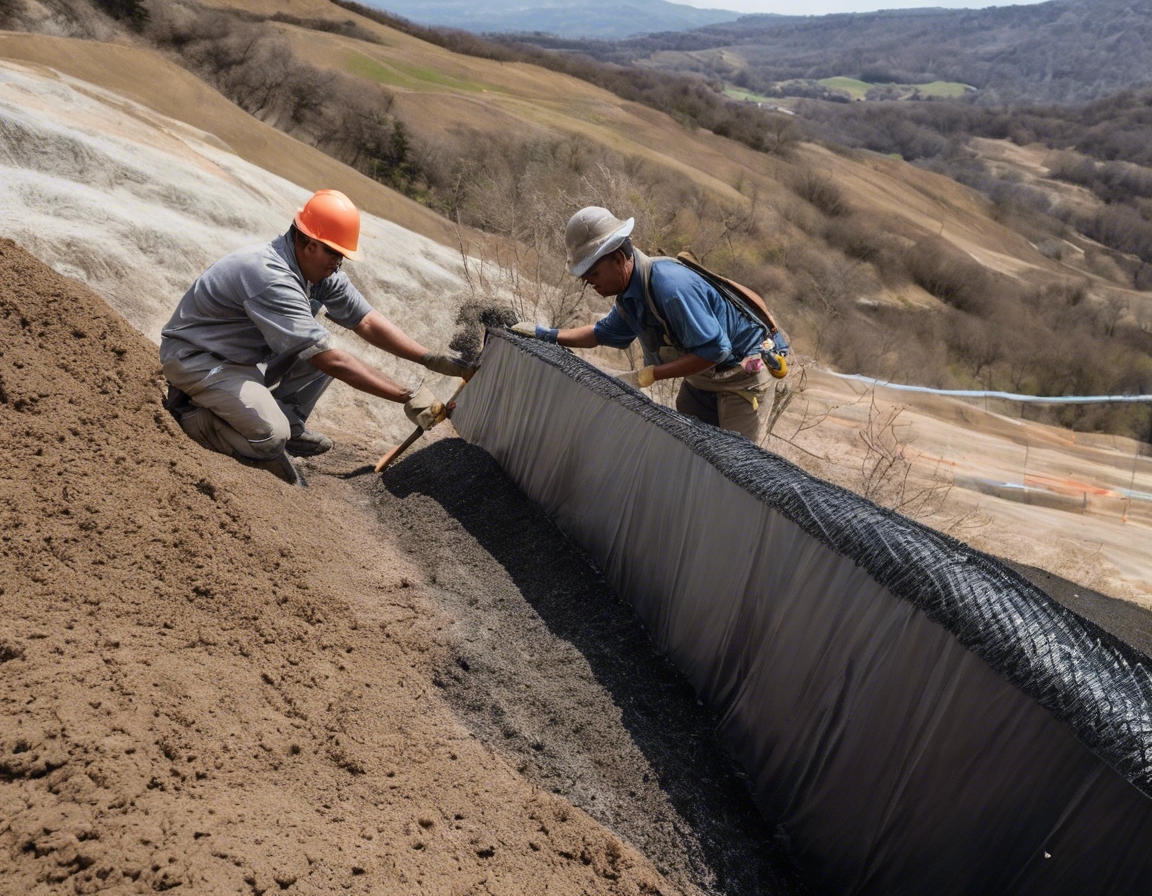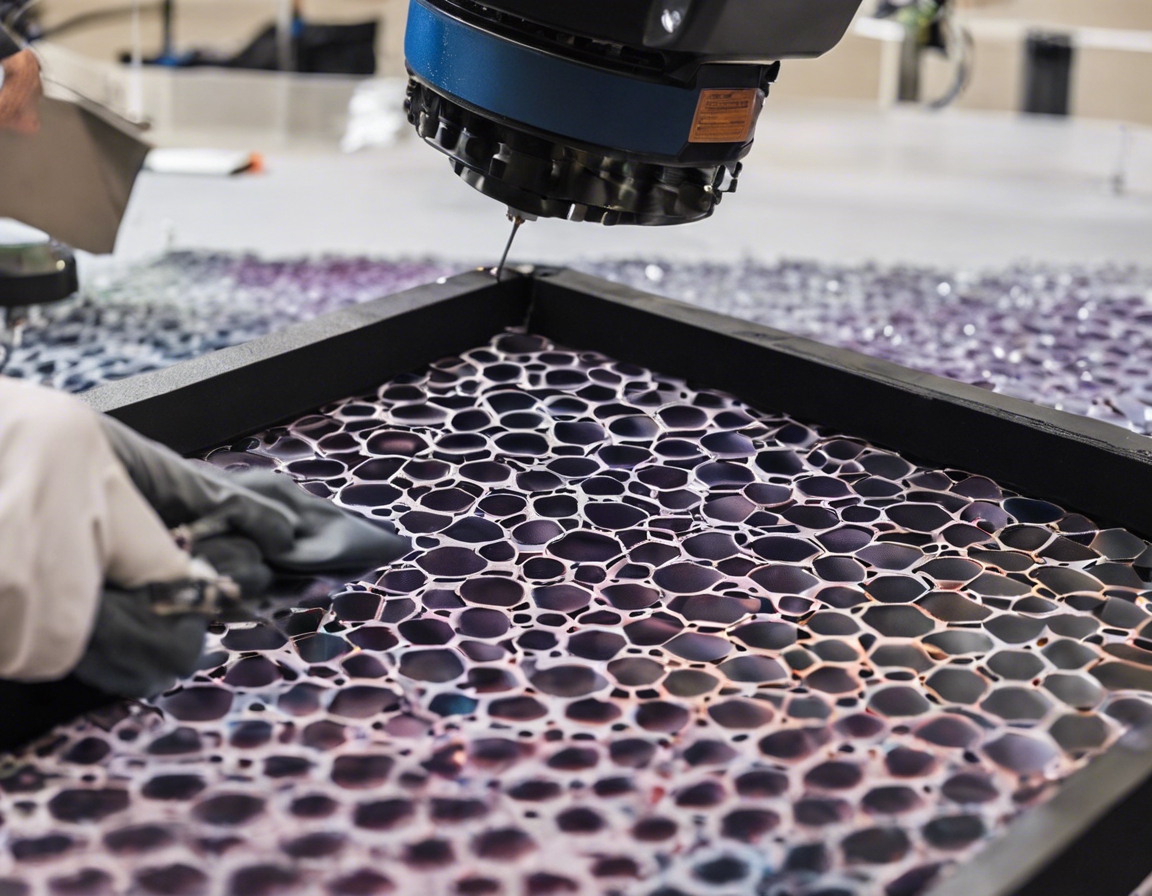The benefits of geo-cell installation in landscaping
Geo-cell is a three-dimensional honeycomb-like structure made from high-density polyethylene (HDPE) or other polymeric alloys. It is used in landscaping and civil engineering to stabilize soil, support plant growth, and manage water flow. The interconnected cells confine and compact fill materials, creating a sturdy and durable base for various applications.
Originally developed for military use in the 1970s, geo-cell technology has since evolved and is now widely utilized in commercial and residential landscaping projects. Its design has been refined over the years to maximize strength, flexibility, and environmental compatibility.
Advantages of Using Geo-Cell in Landscaping
Geo-cell systems are highly effective in preventing soil erosion on slopes. They provide a stable foundation that can support vegetation and reduce the impact of water runoff. This is particularly beneficial in areas with steep inclines or where soil integrity is a concern.
The cellular structure of geo-cell distributes weight evenly, reducing pressure on the underlying soil. This makes it ideal for supporting walkways, driveways, and even light vehicular traffic in landscaped areas.
By confining soil within its cells, geo-cell promotes healthy root growth and supports plant life. This is essential for maintaining the aesthetic and ecological balance of landscaped environments.
Geo-cell systems facilitate proper water drainage, preventing waterlogging and soil degradation. They can be integrated with other water management solutions to create efficient irrigation and drainage systems.
Using geo-cell contributes to sustainable landscaping practices. It is made from recyclable materials and helps to preserve natural soil conditions while promoting plant growth.
Applications of Geo-Cell in Landscaping
In residential settings, geo-cell can be used to create stable and attractive garden paths, reinforce lawns subject to heavy use, and prevent soil erosion in landscaped beds.
For commercial properties, geo-cell is ideal for creating parking lots, access roads, and green roofs. It ensures longevity and low maintenance costs.
Geo-cell is also used in parks and recreational areas to stabilize trails, playgrounds, and sports fields, enhancing safety and usability.
Its load-bearing properties make geo-cell suitable for reinforcing the shoulders of roads and other areas that experience regular traffic, contributing to infrastructure longevity.
Installation Process of Geo-Cell
Proper site preparation is crucial for the successful installation of geo-cell. This includes clearing vegetation, leveling the ground, and ensuring adequate drainage.
Geo-cell panels are delivered in compact form and expanded on-site to cover the prepared area. They are then secured in place to prevent movement during the infilling process.
The cells are infilled with soil, gravel, or concrete, depending on the application. This provides the necessary stability and support for the intended use.
Finally, vegetation can be planted within the geo-cell, or it can be topped with sod or other landscaping materials to achieve the desired aesthetic.






Comments (0)